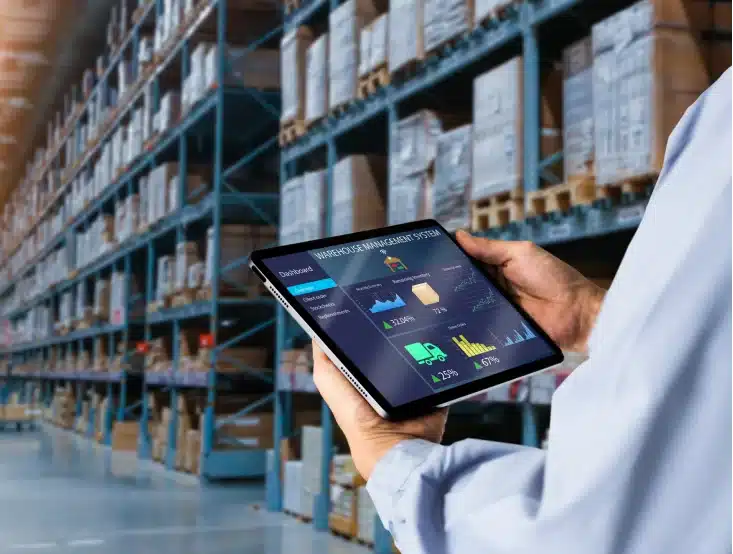I
- Identity and Access Management (IAM)
- Incident Response
- Industrial IoT (IIoT)
- Industry 4.0
- Infrastructure as Code (IaC)
- Infrastructure Security
- Innovation Product Design
- Innovation Product Development
- Insider Threat Detection
- Integration Testing
- Intelligent Automation
- Intelligent Process Automation
- Interactive Application Security Testing (IAST)
- Internet of Things (IoT)
- Internet of Things Platform
- Internet of Things Strategy
- Intrusion Detection System (IDS)
- IT/OT Convergence
Risk Assessment Automation
Simple Definition for Beginners:
Risk assessment automation involves using technology to automatically identify, analyze, and evaluate potential risks to an organization, making the process faster and more accurate.
Common Use Example:
A financial institution uses risk assessment automation to quickly evaluate the risk of loan applicants by analyzing their credit history and financial behavior.
Technical Definition for Professionals:
Risk assessment automation refers to the use of advanced technologies, such as artificial intelligence (AI), machine learning (ML), data analytics, and automated workflows, to streamline the process of identifying, analyzing, evaluating, and mitigating risks. This approach enhances the accuracy and efficiency of risk assessments by leveraging real-time data, predictive modeling, and continuous monitoring. Automated risk assessment tools can handle large volumes of data, detect patterns, and provide actionable insights, enabling organizations to proactively manage risks. Key elements include automated data collection, risk scoring algorithms, scenario analysis, and integration with enterprise risk management (ERM) systems.
Risk Assessment Automation

